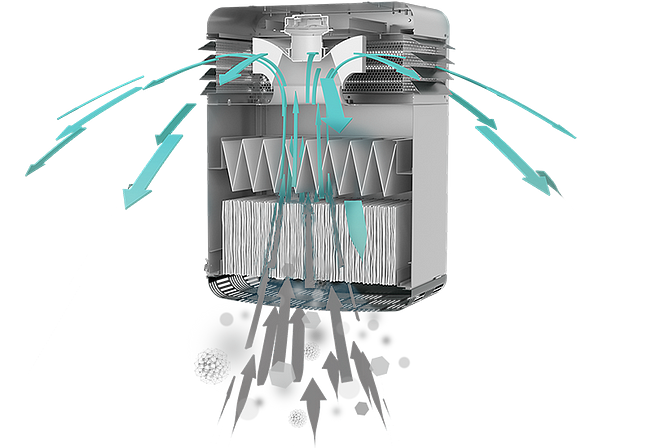
How to ensure your workplace is silica dust safe
Avoid fines and stay silica dust safe at work
Avoid fines and stay silica dust safe at work
Protect your employees from respirable crystalline silica
Respirable crystalline silica (RCS) is an extremely fine particle produced by cutting, drilling, or otherwise breaking common materials.
It is a serious hazard in the workplace, and inhalation can cause silicosis and lung cancer.
There is no safe level of silica dust that a worker can inhale, meaning that even companies that are legally compliant may still be exposing their employees to dangerous levels of silica.
Some common sources of silica are:
- Quartz
- Soil
- Sand
- Granite
- Cement
- Brick
The facts about silica dust
Every year in the EU, 7,000 cases of lung cancer can be traced back to silica dust exposure.
Just 16 % of British construction professionals believe their colleagues understand the risks of inhaling silica dust.
OSHA estimates that 12,173 iron foundry workers in the US are exposed to RCS over the new permissible exposure limit.
Britain’s HSE estimates that silica dust inhalation killed more than 500 construction workers in 2005.
Breathing in silica dust can cause lung cancer, silicosis, and COPD.
It takes under a year of working with silica to develop silicosis. There is no cure for this deadly disease.
How long do silica dust particles remain in the air?
Harmful silica particles: 1/1000th smaller than the diametre of a human hair!
As a result of their tiny size – the same reason they can do so much damage to your employees‘ lungs – silica particles remain airborne for an incredibly long time.
Even the air currents generated by someone walking by is enough to disturb silica dust, and once it’s in the air, it can take up to four hours to settle again. During this time, it poses a considerable health risk, as even a small amount of respirable silica dust can be hazardous.
How long do silica dust particles remain in the air?

The cost of not adhering to silica dust standards
It can be incredibly costly for businesses to remain compliant as they increase cleaning efforts and install expensive extraction systems. This is particularly true as regulators lower silica dust exposure limits, putting pressure on employers to invest more in these systems.
In the USA, for example, it is expected that compliance could cost employers up to $1 billion a year. However, these systems often aren’t even effective enough. Pick a solution that actually works by choosing Zehnder, the air cleaning experts.
Conventional air cleaning is not enough
Standard dust collectors seek to accumulate high volumes of dust, mostly by using bag filters. However, these filters are incapable of capturing RCS. Zehnder’s solution is a dual stage filtration system.
- The first stage is Zehnder’s patented FlimmerM® filter which captures high volumes of dust while allowing air to continuously flow through to the 2nd stage.
- The 2nd stage is a compact filter that can focus on smaller particles and can be rated as high as ePM1. This allows us to deliver high quality filtration without sacrificing clean air delivery rate.
For more information on our filters and filter classes, visit our air filters page.
Conventional air cleaning is not enough

Let's clear the air
Your team breathes this air every day. Let’s make it better. We’re here to answer your questions and support your needs. We’d be delighted to advise you on your air purification requirements. We take your air as seriously as we take our own.
























